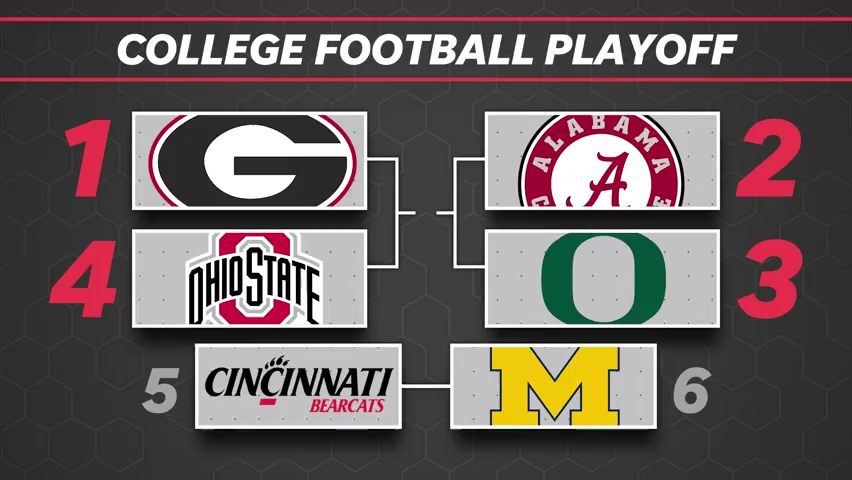Analysis: Ohio State football is dominating the scoreboard, but still needs to seal the deal

A lot of hand-wringing is happening among Ohio State fans worried the defense is a disaster just waiting to disast.
I understand your concern. I also was prepared to take apart the defense, but then I did some digging. Funny what you can find when poking beneath the surface of assumption.
For those inching toward the ledge, allow me to help you feel better about where the Buckeyes’ season is headed. That doesn’t mean a national championship or even playoff berth is automatic; some of the best teams in Ohio State history came up short due to suspect coaching, unlucky bounces or a few poorly-executed plays that detoured destiny onto a dead end street.
But boo-hooing about the defense elevates emotion over evidence. And evidence suggests this team is exceptional, even if the defense isn’t.
That’s not to suggest the defense is horrible. What if I told you that through 10 games it has allowed fewer points per game (20.2) than OSU defenses in six of the past 10 seasons, including 2014 when the Buckeyes allowed 22.0 points per game (with a 22.8 point differential) on the way to winning the first CFP national championship? If not the Silver Bullets, at least this bunch is not the Silver Blanks.
ANALYSIS: These five games will bring CFP picture into focus in Week 12
WEEK 12: College football picks, bold predictions led by Big Ten showdown
NCAA COACHES SALARIES: What Division I head football coaches are making
Has OSU’s pass defense faltered badly at times? Absolutely. The Buckeyes rank 54th nationally in team PED (pass efficiency defense), which evaluates six categories: completion percentage, interceptions, interception percentage, yards allowed, yards per attempt and touchdown passing percentage.
Watching Purdue throw for 390 yards Saturday had Buckeye Nation again asking, “Are we a Big 12 team that wins only by outscoring opponents?”
But notice the ghost of Yogi Berra in that question. I mean, is it not the objective to outscore opponents? And the Buckeyes do it so well that their average scoring margin of 26.1 points is the fifth highest since 1970.
The top four: 33.2 (2019), 32.2 (1969), 31.7 (1973), 27.0 (1996). More on those OSU teams in a moment — for all of them the final scene resembles “Chinatown” in its bleakness — but for now let’s concentrate on this team’s impressive points-for vs. points-against.
Ohio State’s shaky defensive pass statistics suggest trouble ahead, but the scoreboard cares only about points, not sacks, interceptions or chunk plays allowed. To that end, point differential is a strong indicator of overall team strength.
Put another way, a hefty scoring margin matters more than almost anything. An offense averaging 24 points a game is of little concern if the defense holds every opponent to a field goal.
So why are Ohio State fans vexed, despite the Buckeyes’ ridiculously high points differential? Because Big Ten football DNA carries a powerful cultural code determining that defense wins championships. But the code is faulty. Alabama won the 2020 national championship despite allowing 19.3 points a game, only 0.9 lower than these Buckeyes. In 2019, LSU gave up 21.9 points a game and finished with the third-worst total defense of any national champion since 1936.
College football has gone all-in on offense. If only Ohio State fans could be assured the Buckeyes were all-in on their own offense, but inconsistency has made them jumpy. The defensive lapses would be more easily forgiven if OSU could guarantee their current 46.3 points per game against Michigan State on Saturday, next week at Michigan and then against any team in the Big Ten Championship game or playoff.
Or if this defense held opponents to an average of 13.7 points — yeah, right — as the 2019 Buckeyes did (while scoring 46.9), a national championship would seem to be in the cards.
Of course, history shows that even the most promising hand can go bust. An especially high average margin of victory means your team is really good, but not necessarily unbeatable. The 2019 Buckeyes lost to Clemson in the playoff. The supposedly unstoppable 1969 Buckeyes held opponents to 8.6 points a game before giving up 24 to Michigan in a 24-12 loss that remains one of the most agonizing in program history.
Two more. Hide your eyes. The 1973 Buckeyes held opponents to 5.8 points a game — incredible — while scoring 37.5, but could only tie Michigan 10-10, costing them another shot at a national title. Finally, the 1996 Buckeyes own the fourth-best margin of victory (27.0), but saw their title hopes disappear when Shawn Springs slipped on the wet grass inside Ohio Stadium, allowing Tai Streets to score on a 69-yard pass play that gave Michigan new life on the way to a 13-9 win.
All four of those teams — 2019, 1996, 1973 and 1969 — are considered among the most dominating in Ohio State history. But none collected a national championship. Lesson learned: point differential defines statistical greatness, but not always legacy. You still have to seal the deal. Like in 2014. And against Michigan State and beyond.
Follow Rob Oller on Twitter @rollerCD